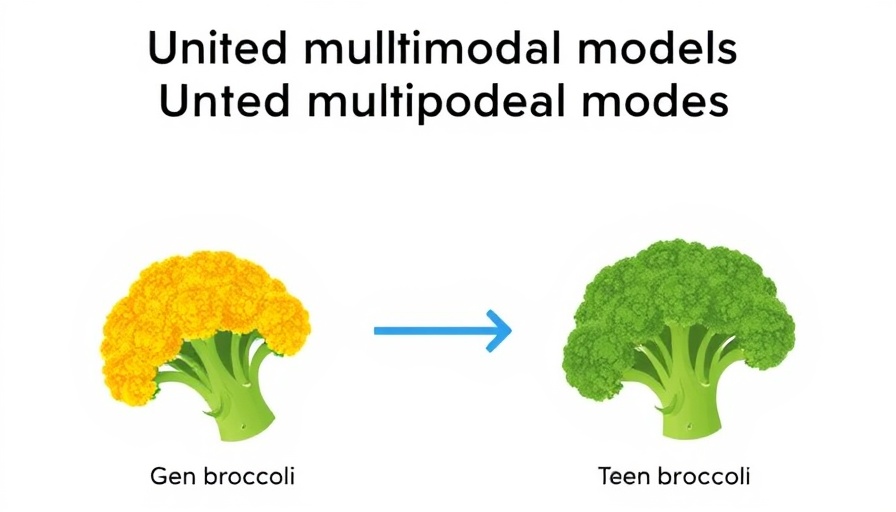
Microsoft's Windows ML: The Future of AI-Powered Applications
Microsoft has officially launched Windows ML, a game-changing platform designed to enhance the performance of AI-driven applications on Windows 11. This new framework not only marks a significant evolution in the integration of artificial intelligence but also sets the stage for a variety of industries to utilize these advanced capabilities.
Why Windows ML Matters for Developers and Users
Windows ML allows developers to seamlessly incorporate AI functionalities into their applications by providing access to local processing resources such as CPUs, GPUs, and NPUs. This hardware abstraction layer ensures that applications achieve optimal performance while maintaining user privacy and cost-efficiency. As a result, developers from high-profile companies like Adobe and McAfee are eager to adopt this framework, further elevating user experience across various applications.
Real-World Applications of AI in Softwares
The integration of Windows ML in Adobe’s Premiere Pro and After Effects is expected to revolutionize video editing with enhanced features like semantic search and audio tagging. McAfee is leveraging Windows ML for cybersecurity purposes, specifically in detecting deepfake videos, while Topaz Labs is harnessing the power of AI to improve image editing functionalities. These examples illustrate how AI is transforming both creative and technical domains, showing its versatility and impact on everyday operations.
What Does This Mean for the Future?
The launch of Windows ML heralds an age where AI tools not only improve operational efficiency but also enable personalization and deeper user engagement. As businesses begin to leverage these tools, industries such as healthcare could see remarkable transformations, from patient diagnostics to customer service improvements. The challenge lies in ensuring the ethical use of AI, as its growing prevalence raises questions about privacy and the potential for misuse.
Insights on Ethical AI Development
With the rapid ascendance of AI technologies comes the responsibility to implement them ethically. How can stakeholders ensure that AI tools are used to foster better outcomes rather than exacerbate existing inequalities? Addressing these concerns is imperative as vendors and developers continue to navigate the complexities of ethical AI use in business. The dialogue around what constitutes ethical AI will significantly shape its future applications and governance.
Take Action and Stay Informed
The realm of AI is continuously evolving, and staying abreast of the latest developments is crucial for students, professionals, and hobbyists alike. Engaging with new platforms like Windows ML not only offers opportunities for skill enhancement but also positions individuals at the forefront of this technological revolution. Consider exploring AI courses or following tech news sources to deep dive into the latest innovations!
 Add Row
Add Row  Add
Add 




Write A Comment